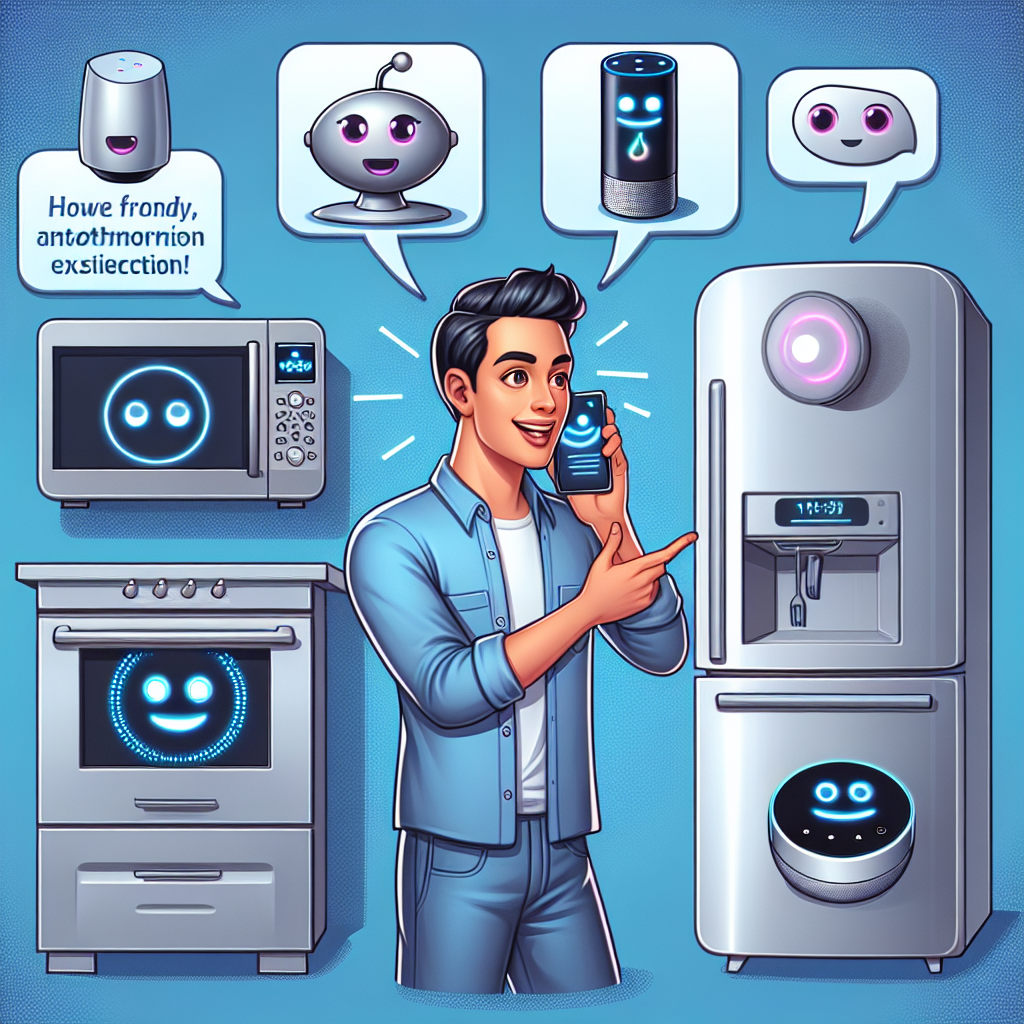Remember when creating software was a privilege reserved for the coding elite? Those days are rapidly fading into history. We’re standing at the threshold of a remarkable transformation in how AI applications are built, deployed, and monetized – and the best part? You don’t need a computer science degree to join the revolution.
The democratization of AI technology is perhaps one of the most significant shifts in the tech landscape today. AI SaaS creation platforms are breaking down traditional barriers, putting powerful tools in the hands of entrepreneurs, small business owners, and creative minds who may have never written a line of code in their lives.
According to industry projections, the global AI market is expected to grow exponentially, reaching a staggering $1.3 trillion by 2030. This isn’t just a trend – it’s a fundamental reshaping of how we approach problem-solving and business innovation. By 2025, AI is expected to be more democratized than ever before, revolutionizing operations for businesses of all sizes, from solo entrepreneurs to growing startups.
Democratizing Innovation: The Rise of AI SaaS Creation Platforms
AI SaaS platforms are transforming how applications are built, making advanced technology accessible to everyone regardless of technical background.
At their core, AI SaaS creation platforms are comprehensive environments that simplify the development, deployment, and management of AI-powered applications. These platforms handle the complex technical infrastructure so you can focus on what matters most – bringing your unique vision to life.
What makes these platforms particularly appealing to individual entrepreneurs and small teams is their accessibility. Traditional software development requires substantial resources – specialized knowledge, significant time investment, and often large development teams. AI SaaS creation platforms flip this model on its head.
Take low-code platforms, for instance. These revolutionary tools have transformed the app development landscape by replacing complex coding requirements with intuitive visual interfaces. According to Gartner research, by 2025, an impressive 70% of newly created applications will rely on low-code/no-code tools – nearly tripling the development rate since 2020.
“Low-code platforms provide pre-built AI components and integrations, allowing businesses to implement AI without requiring deep coding expertise,” explains Sarah Chen, a digital transformation consultant. “They’re democratizing access to technology that was previously reserved for organizations with deep technical resources.”
For small business owners like Marcus Tanner, who runs a boutique marketing agency, the impact has been transformative: “Before low-code platforms, implementing AI solutions was completely out of reach for us. Now, we’ve built custom tools that analyze campaign performance and generate content recommendations – capabilities that put us on par with much larger competitors.”
The beauty of low-code platforms lies in their ability to empower non-developers to participate in digital transformation. Instead of waiting for IT departments or external consultants, individuals with domain expertise can directly translate their knowledge into functional applications. This shift is creating a new class of “citizen developers” – business professionals who can create solutions tailored to their specific needs without dependency on traditional development resources.
Enhancing Productivity Through Intelligent Collaboration
Modern AI tools don’t just automate tasks—they actively collaborate with users, enhancing productivity and enabling new ways of working.
As AI SaaS creation platforms evolve, they’re introducing sophisticated collaboration capabilities that further enhance their value. Intelligent collaboration tools are transforming how teams work together to develop AI applications, creating environments where ideas can flow freely and materialize quickly.
These collaboration features extend beyond simple document sharing. Today’s applications are evolving beyond tools; they’re becoming intelligent partners that learn, adapt, and deliver value autonomously. Platforms like Atlassian and monday.com integrate AI-powered assistance directly into their workflow, helping teams automate repetitive tasks, surface relevant information, and even predict potential roadblocks before they emerge.
Customizable AI digital workers represent another revolutionary advancement. These digital assistants can be tailored to handle specific tasks within an organization’s workflow, from data entry and analysis to customer service and content creation. The impact on productivity can be tremendous – research suggests that properly implemented AI assistants can save employees up to 30% of their time on routine tasks.
Consider the experience of Priya Sharma, founder of a small e-commerce business: “We implemented an AI digital worker to handle customer inquiries. Not only does it respond instantly to common questions 24/7, but it also learns from each interaction to get smarter over time. My team now focuses on complex customer needs instead of answering the same basic questions repeatedly.”
Workflow automation is perhaps the most tangible benefit of these intelligent tools. By mapping out business processes and allowing AI to handle repetitive tasks, companies are achieving unprecedented efficiency. From automatically categorizing and routing support tickets to generating first drafts of marketing content, these systems reduce manual effort while maintaining (and often improving) quality.
The beauty of today’s AI SaaS creation platforms is that these sophisticated capabilities don’t require deep technical knowledge to implement. Visual workflow builders allow users to map out processes with drag-and-drop simplicity, while natural language interfaces enable communication with AI systems in plain English rather than complex programming languages.
Creating Value: Sharing and Selling Your AI Products
Beyond building tools for personal use, AI SaaS platforms offer exciting opportunities to monetize your innovations and reach global markets.
Perhaps the most exciting aspect of the AI SaaS creation platform revolution is the opportunity to monetize your innovations. These platforms aren’t just about building tools for internal use – they’re opening up entirely new revenue streams for entrepreneurs and developers alike.
The SaaS model has effectively democratized access to advanced technologies, leveling the playing field for businesses of all sizes. Startups can now compete with established players by focusing on specific niches or solving unique problems that larger companies might overlook. This democratization creates tremendous opportunities for those willing to explore the possibilities.
For developers, AI SaaS creation platforms offer a streamlined path from concept to market. Instead of building everything from scratch – user authentication, billing systems, deployment infrastructure – these platforms provide ready-made components that handle the “plumbing” of software development. This allows creators to focus on their unique value proposition rather than reinventing technical wheels.
“I was able to take my expertise in real estate analytics and build a predictive pricing tool without hiring a development team,” says James Rodriguez, a former real estate agent turned tech entrepreneur. “The platform handled all the complex AI implementation details. Within three months, I had a functional product with paying customers – something that would have been impossible for me just a few years ago.”
User-friendly AI tools are particularly valuable for entrepreneurs entering new markets. By lowering the technical barriers to entry, these platforms enable subject matter experts to create solutions directly aligned with customer needs. The result is often software that solves real problems more effectively than generic solutions from larger companies who may lack specialized domain knowledge.
The marketplace aspect of many AI SaaS creation platforms adds another dimension of opportunity. By providing a built-in distribution channel, these platforms help creators find their audience without massive marketing investments. Some platforms even facilitate revenue sharing models where creators earn ongoing income from their innovations without managing individual customer relationships.
Embracing the Future with Zygote.AI
Zygote.AI is at the forefront of democratizing AI creation, empowering users to build sophisticated applications without coding expertise.
As we look at the broader trends in the AI industry, it’s clear that accessibility and customization are driving the next wave of innovation. The future belongs not to a small elite of tech giants, but to a diverse ecosystem of creators building specialized solutions for every conceivable need.
At Zygote.AI, this vision of democratized creation lies at the heart of everything we do. Our platform empowers everyone – from seasoned developers to ambitious entrepreneurs with no coding experience – to turn their ideas into functional AI SaaS products. Whether you’re building tools for personal use, sharing them with your community, or launching a commercial product, our low-code environment provides the foundation you need to succeed.
What sets Zygote.AI apart is our commitment to both simplicity and sophistication. Our highly customizable AI digital workers and workflows adapt to the specific needs of various industries, ensuring relevance and effectiveness across different contexts. We believe that the most powerful innovations often come from those closest to the problems – the people working in the trenches who understand exactly what solutions would make their work more efficient and effective.
Take our automated content workflow, for example. We’ve developed systems that can autonomously select topics, write content, generate illustrations, perform reviews, and publish promotional articles – all without human intervention. This kind of end-to-end automation represents the future of work, where routine tasks are handled by intelligent systems while humans focus on creativity and strategic thinking.
By building an open marketplace where users can share and sell their AI SaaS products, we’re fostering a community of innovation that benefits everyone. Creators gain access to new revenue streams, while users discover specialized solutions they might never have found otherwise. This virtuous cycle of creation and discovery drives continuous improvement and expansion of what’s possible.
The AI SaaS creation platform revolution is just beginning, and the opportunities are boundless. Whether you’re an individual entrepreneur looking to boost productivity, a small business seeking to streamline operations, or a developer wanting to bring your ideas to market quickly, platforms like Zygote.AI provide the tools you need to succeed in this new landscape.
The question is no longer whether AI will transform your industry – it’s whether you’ll be among those leading the transformation. With today’s user-friendly AI tools and low-code platforms, the power to innovate is truly in your hands.
Are you ready to build your AI application? The revolution is waiting for you.









